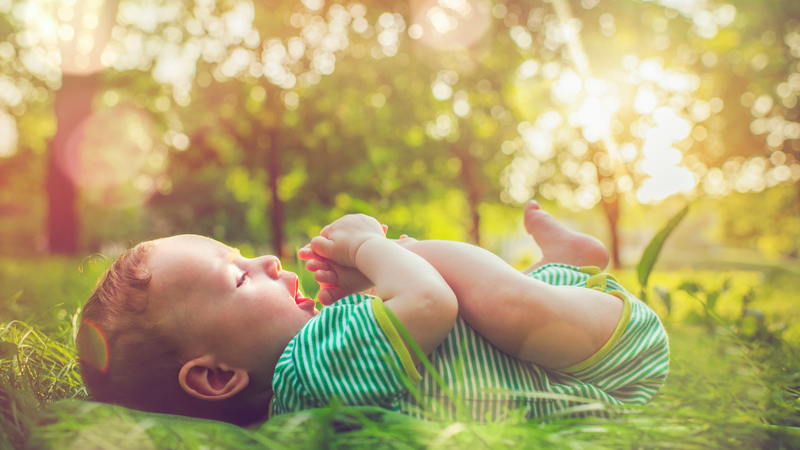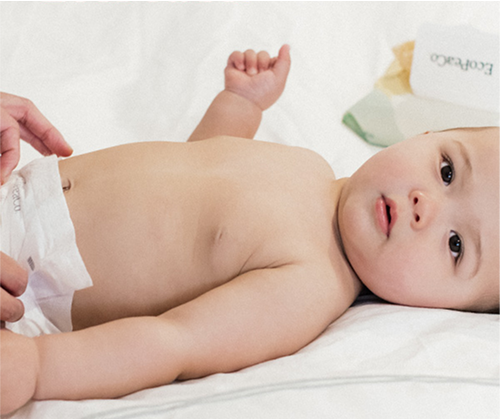One of the most exciting milestones in a child’s life (at least for the parents!) is when they no longer need diapers. This transition signifies that the child has become more familiar with their body, and how to control some of their bodily functions, and isn’t as dependent on their parents. However, many parents are at a loss as to when to begin potty training. In general, many children are developmentally ready to start potty training around age two. Girls are sometimes ready earlier than boys. But beyond age, one of the best ways to predict if your tot is ready, is whether they’re showing certain signs.
Following are the actions your child will likely take when they’re ready to potty train.
Seeming more irritated by a soiled diaper.
A telltale sign your baby is done with diapers is if they start acting agitated by them. This usually looks like them being fussier than usual when they have a dirty diaper, and pulling on the diaper. Some children might also just remove their diaper.
Hiding when they’re peeing, or having a bowel movement.
Another sign your little one could be ready to potty train is if they begin hiding when they’re peeing or pooping. They might squat under tables, hide behind furniture, go into their room, or ask you to look away when they feel like it’s time to “go.”
Letting you know when they’re “going” in their diaper.
If your child starts alerting you when they’re soiling their diaper, this could mean they’re ready to potty train. This communication signifies they’re becoming more aware of signals from their bladder and bowels.
If you notice that they’re always going poop or pee around the same times each day, make a note of this so you can encourage them to sit on the potty during those same times when they’re being potty trained.
Increasing interest in toilets, and others using the bathroom.
Children that suddenly have a greater interest in inspecting and sitting on toilets, flushing, and watching mommy or daddy go to the bathroom could be ready to ditch the diapers. Stoke this interest by letting them help you pick out potty training tools like a potty chair, sear reducer, and stool.
Going longer between soiling their diapers.
If you notice that your child is starting to use fewer diapers, this could mean that they’re holding in their pee or poop. This is a sign that they’re now physically able to control their bladder and bowels, which is a good sign that they can get to the potty before they have an accident.
Being able to undress on their own.
Because an important part of going to the bathroom is removing certain clothing items, it’s essential for your child to have this skill before you start potty training. When you take the plunge into potty training, you can support your child by dressing them in bottoms that are easy to remove. Avoid overalls, and clothing that has tricky buttons and zippers.
As you begin this exciting process, remember to be patient with your child. Potty training isn’t something that happens overnight, but a shift that occurs over a period of time. You can also take heart that there is no perfect formula for potty training, and each child learns at their own pace. But with enough time, trial-and-error, and ample calm there will come a day when your child says a permanent goodbye to diapers.
Cover Image by @annajoyzobrist


